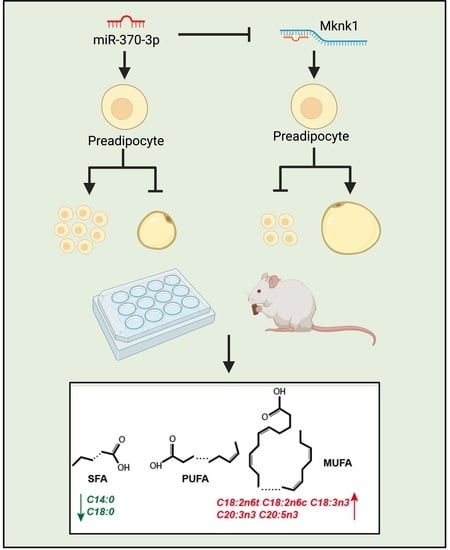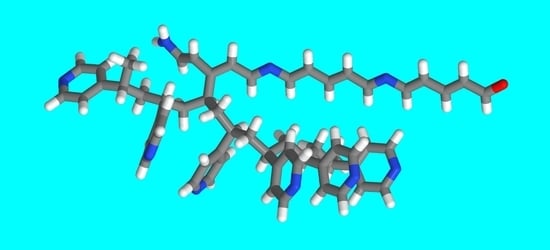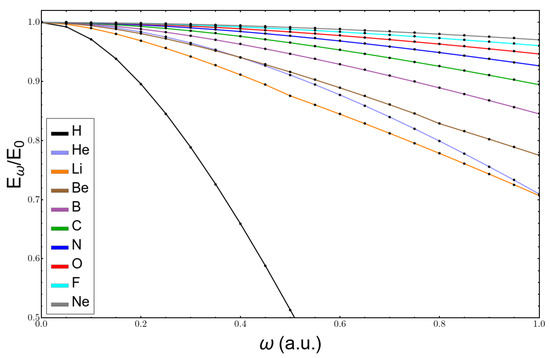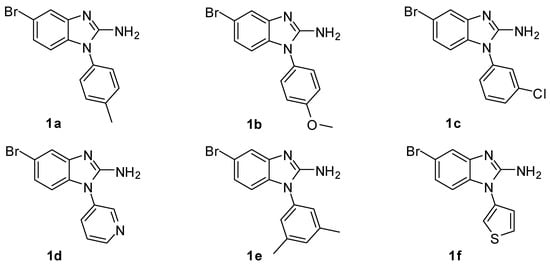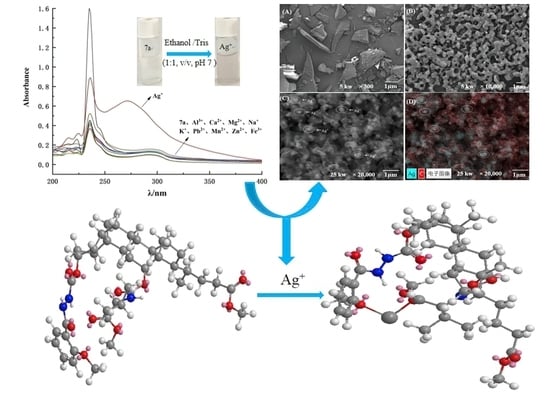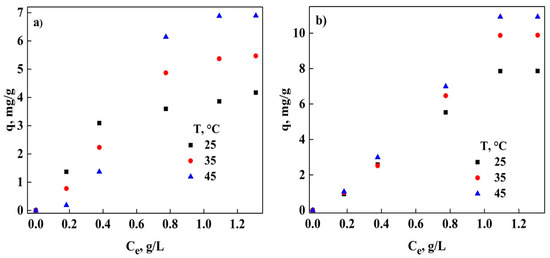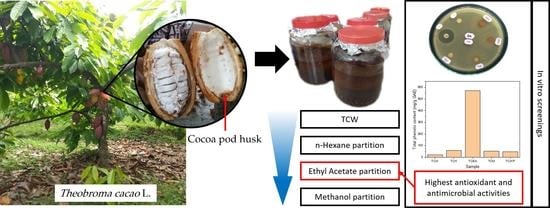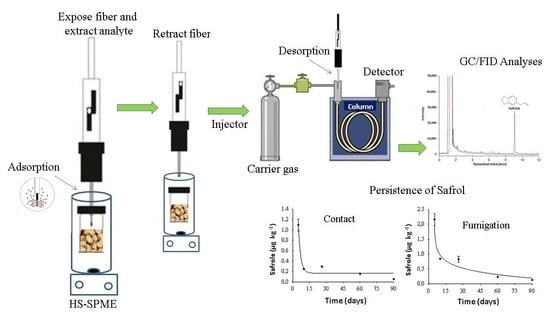Molecules 2021, 26(22), 6927; https://doi.org/10.3390/molecules26226927 - 17 Nov 2021
Cited by 2 | Viewed by 2737
Abstract
2′-O-(N-(Aminoethyl)carbamoyl)methyl-modified 5-methyluridine (AECM-MeU) and 5-methylcytidine (AECM-MeC) phosphoramidites are reported for the first time and prepared in multigram quantities. The syntheses of AECM-MeU and AECM-MeC nucleosides are designed for larger scales (approx. 20 g up until phosphoramidite preparation steps) using
[...] Read more.
2′-O-(N-(Aminoethyl)carbamoyl)methyl-modified 5-methyluridine (AECM-MeU) and 5-methylcytidine (AECM-MeC) phosphoramidites are reported for the first time and prepared in multigram quantities. The syntheses of AECM-MeU and AECM-MeC nucleosides are designed for larger scales (approx. 20 g up until phosphoramidite preparation steps) using low-cost reagents and minimizing chromatographic purifications. Several steps were screened for best conditions, focusing on the most crucial steps such as N3 and/or 2′-OH alkylations, which were improved for larger scale synthesis using phase transfer catalysis (PTC). Moreover, the need of chromatographic purifications was substantially reduced by employing one-pot synthesis and improved work-up strategies.
Full article
(This article belongs to the Section Organic Chemistry)
►
Show Figures

